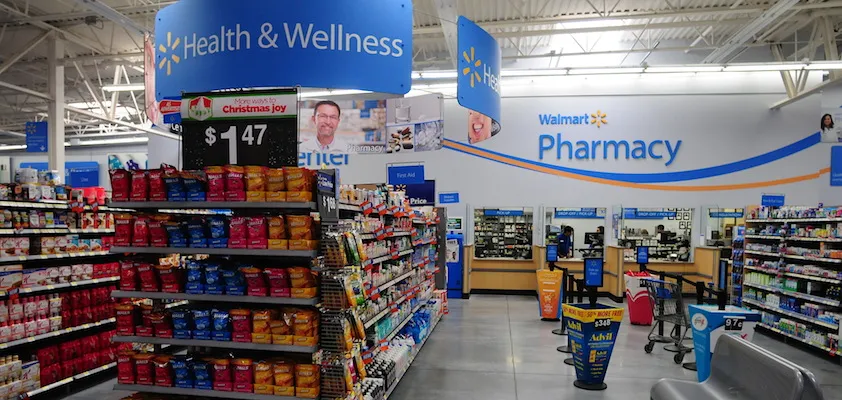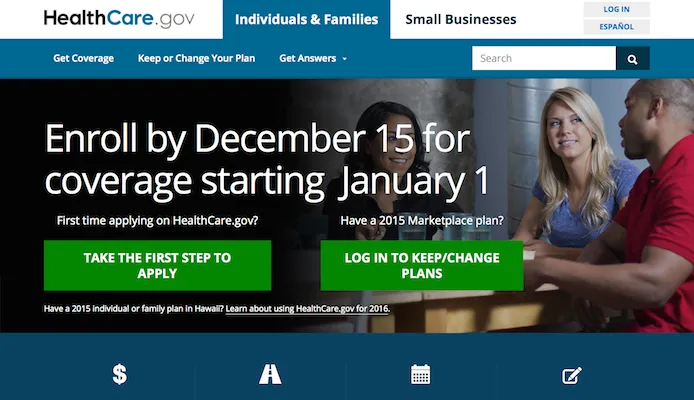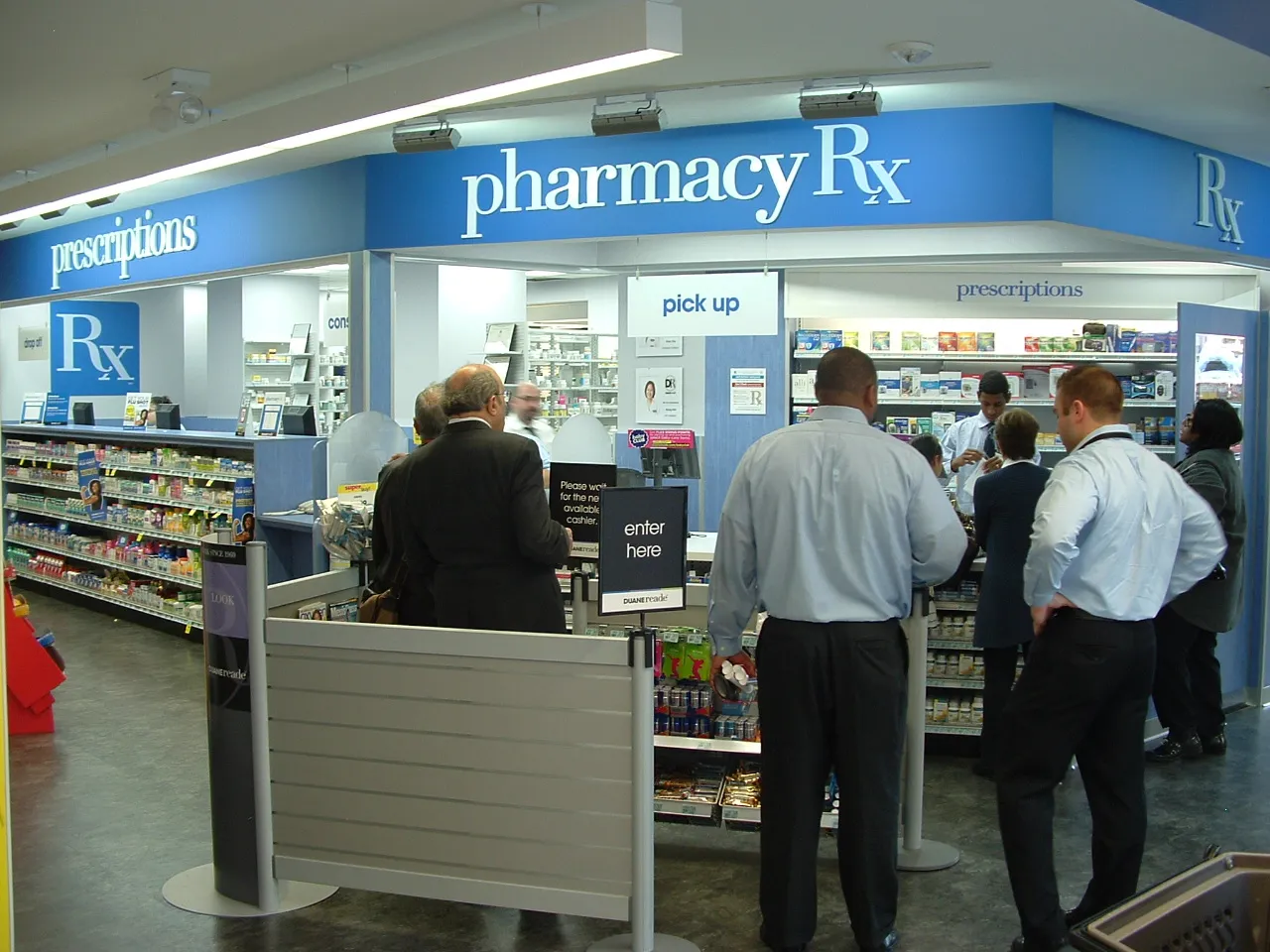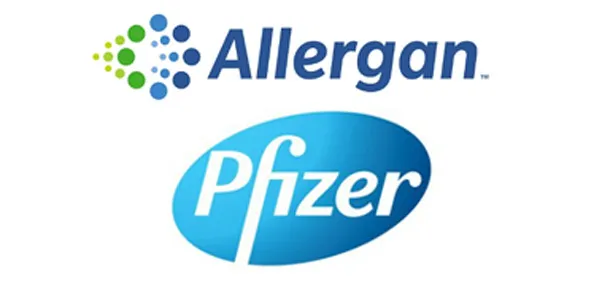Results from Amazon’s Prime Day promotion last month raise some interesting questions for all retailers that compete with the e-commerce giant, a group that has come to include chain drug stores, other mass marketers and practically any seller of consumer goods.
Held in conjunction with Amazon’s 20th anniversary, the event was designed to reward shoppers who are members of the company’s Prime program, which provides such benefits as free two-day shipping; unlimited access to selected movies, television shows and music; and early access to deals. In addition, Prime Day was intended to raise Amazon’s already high profile among all consumers and drive traffic to the website.
In that it succeeded. According to research conducted by Millward Brown Digital, a consumer insights and consulting firm that helps retailers and manufacturers build up their brands, the volume of purchases at Amazon for the week of July 8 through July 15 (Prime Day) was 2.3 times higher than for the same period in 2014. The company set records on this shopping event of its own creation, controlling 93% of online purchases, far exceeding its performance on Cyber Monday (78%) and Black Friday (71%).
Amazon’s success in stimulating sales in the e-commerce channel is expected. The surprise was the ability of other retailers to leverage the consumer interest generated by Prime Day to drive their own online business. Millward Brown says that purchases at Walmart.com were 2.2 times ahead of those for the week beginning July 8, albeit starting from a much smaller base than Amazon. Volume at Best Buy was 4.9 times higher than a year ago.
More significant than the bump in sales was the opportunity Amazon and its competitors had to connect with consumers and forge a lasting bond with them. Promotional activity and media coverage in the run-up to Prime Day helped trigger a fourfold increase in the number of people signing up for Amazon Prime memberships in the month prior to the event, according to Millward Brown, and visits to the website’s Prime Pantry page, which addresses the company’s delivery service for groceries and other home products, increased 10 times the week of July 8.
For its part, Walmart.com saw a 30-fold surge in visits to its Rollbacks page during the same period. The site also realized a 2% jump in people who cross-shopped with Amazon.
Although Prime Day had its detractors, with some consumers complaining about the limited scope and scale of the deals, it achieved its objectives. Amazon reports that hundreds of thousands of new members signed up on Prime Day, and tens of millions of existing members made purchases.
“Customers worldwide ordered an astonishing 398 items per second and saved millions on Prime Day deals,” says Greg Greeley, vice president of Amazon Prime. “Worldwide order growth increased 266% over the same day last year and 18% more than Black Friday 2014 — all in an event exclusively available to Prime members.
“Going into this, we weren’t sure whether Prime Day would be a onetime thing or if it would become an annual event. After yesterday’s results, we’ll definitely be doing this again.”
What lessons should other retailers draw from Amazon’s success? Any company that neglects the power of the Internet to influence consumer behavior does so at its own peril. Amazon skillfully leveraged the capabilities and reach of its own site to generate interest in Prime Day, triggering widespread coverage in the mainstream press and social media. The result was a highly anticipated event that promises to become a staple on the retail calendar.
In an omnichannel world, brick-and-mortar chains have to develop similar capabilities to reach consumers through digital media. Once they have done that, they will have the opportunity to turn the tables on Amazon and other pure-play e-commerce merchants by tying the excitement and activity generated online back to their physical stores.
For all the advantages e-commerce companies enjoy, they cannot replicate the experience of shopping in a store, where consumers can have a sensory encounter with products, and receive advice and guidance through personal interaction. Brick-and-mortar chains need to make sure shoppers remember that they offer something that e-commerce can’t match.









